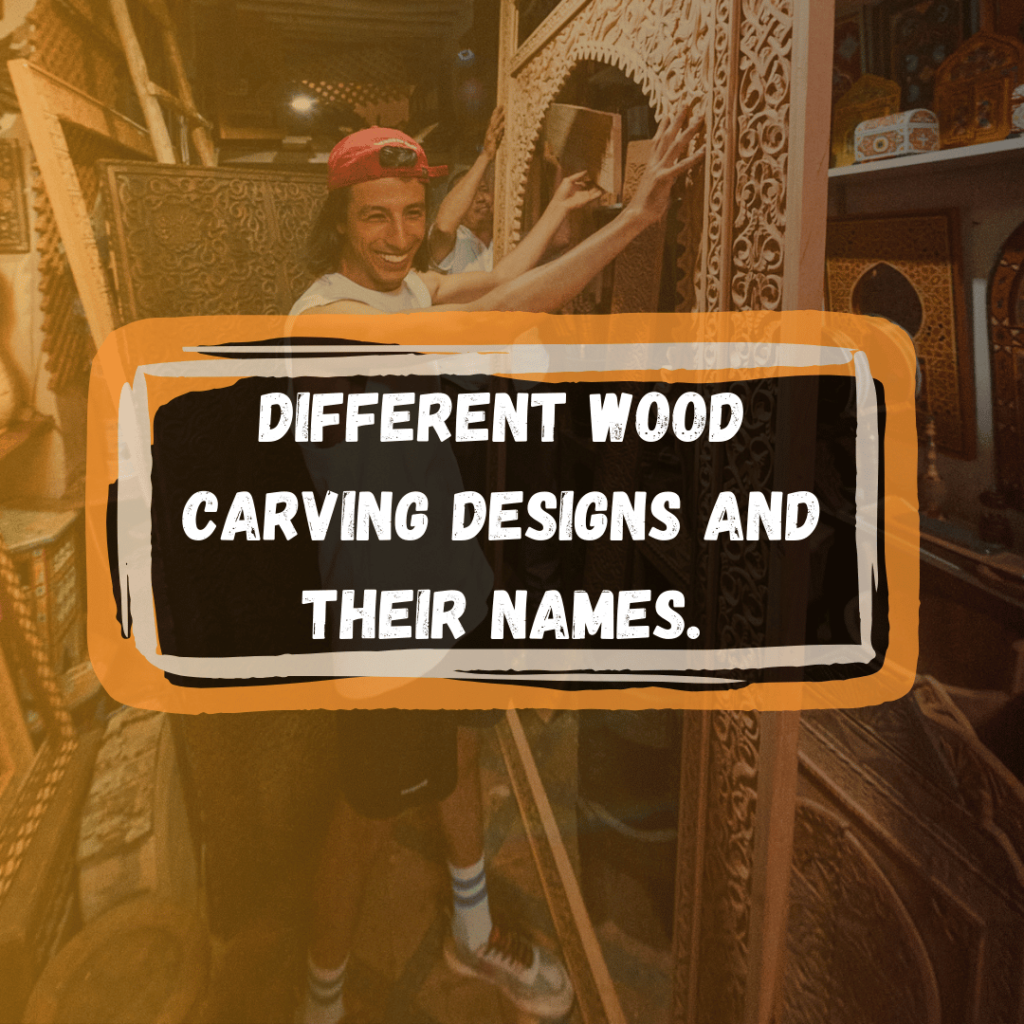Moroccan Wood Furniture: A Trip Through Time and Craftsmanship (Part C)

The Art of Moroccan Woodworking: Materials and Making Process.
Materials:
In the Moroccan wood furniture industry, choosing the wood plays a crucial role in the final outcome of the piece.
The artisans’ choice of wood forms the foundation of their creations; they often select olive or aromatic Cedar essentially for their durability, beauty and cultural significance, although they have access to a rich palette of woods at their disposal, each chosen for its distinct qualities:
- Thuya: Native- rare, This is a Moroccan tree that grows in the mountains of the city of Essaouira. Gives dense and naturally patterned wood ideal for intricate carving and inlay work, it is frequently used in smaller decorative items like chests and kamel.
- Walnut: Native- Rare. A wood that’s known for strength, durability and the beautiful grain, it is a popular choice for high-end furniture pieces.
- Mahogany: Non Native-Rare, used for its rich color and excellent workability.
- Orange wood: Native- Common, This fragrant wood is often used in smaller items and decorative inlays.
- Red Wood: Native- Common, a Moroccan wood known for its deep reddish hue and striking grain patterns, often sourced from indigenous tree species like Thuya and Rosewood.
The choice of wood is typically guided by the customer, depending on the piece’s intended use, size, and the desired aesthetic.
But,
What sets Moroccan woodworking apart is the collaborative nature of the craft.
Woodworkers often partner with artisans skilled in other materials, resulting in hybrid creations that showcase the best of Moroccan craftsmanship. These complementary materials include:
- Metals: Brass, copper, and wrought iron… commonly incorporated for both decorative and structural purposes. These metals are often engraved or shaped into intricate patterns that complement the wood’s natural beauty.
- Leather: The renowned Moroccan leather, particularly from Fez city and frequently used in upholstery and decorative elements.
- Stone and Tile: Marble, zellige (mosaic tilework), and ceramic tiles are used for tabletops and decorative inlays.
- Bone and Mother-of-Pearl: These materials are often used in intricate inlay work, stunning geometric or floral patterns on wooden surfaces.
- Cow Bone: Used in wood inlay, cow bone provides a stark contrast to darker woods, often featured in geometric designs.
Many Moroccan artisans today are increasingly aware of the importance of sustainability in their craft.
They started sourcing woods conscientiously from sustainably managed forests or reuse reclaimed wood. Not only just that, they frequently use native woods like those we mentioned earlier, that supports local ecosystems, reduces the carbon footprint associated with transportation and nourishes the very land that nurtures these traditions.
By combining these diverse materials with traditional woodworking techniques, Moroccan artisans create furniture pieces that are not just functional, but true works of art. Each piece tells a story of cultural heritage, skilled craftsmanship, and the rich natural resources of Morocco.
The Making Process:

Crafting Moroccan furniture is a meticulous process that seamlessly blends tradition with artistry, it requires patience, skill, and an big attention to detail.
The journey begins as we mentioned earlier with the selection of premium woods, each chosen for its unique characteristics and purpose.
With the client’s vision as their guide, master craftsmen shape the wood into the desired form, using both time-honored techniques and modern tools when appropriate. The true magic, however, unfolds as artisans reach for their vintage chisels – tools that have been passed down through generations, and start implementing the carving carefully. bringing complex designs to life through precise, calculated strokes. The wood grain and textures are respected and celebrated, allowed to sing their own unique song within the overall composition.
The next steps in the process are where Moroccan furniture truly sets itself apart.
Depending always on the client’s desires and the intended purpose of the piece, craftsmen may continue to use their vintage chisels to carve ever more intricate designs and patterns directly into the wood.
Alternatively, they might hand the piece over to a skilled painter who will adorn it with beautiful, often geometric or floral designs that are hallmarks of Moroccan aesthetics.
But the artistry doesn’t stop there.
The wooden base might be complemented by intricate metalwork in brass or wrought iron, on any other material from those we mentioned.
Each additional element is carefully chosen and expertly integrated, resulting in pieces that are not just furniture, but true works of art.
However, Moroccan artisans are not shy about embracing modern technologies to enhance their craft.
The introduction of power tools like electric saws, sanders, and routers has increased production speed without compromising quality, while Computer-Aided Design (CAD) software and CNC machines allow for greater precision in planning and execution of complex designs.
Some artisans are even experimenting with modern finishes for enhanced durability.
Yet, The true magic happens when traditional methods and modern innovations work in tandem, with techniques like laser-guided hand carving ensuring precision while maintaining the human touch.
The story of Moroccan woodworking is one of constant growth and beauty.
Skilled craftspeople are mixing old and new styles, trying out different materials, and using modern tools to make furniture that’s both classic and fresh. This blend of tradition and new ideas keeps Moroccan furniture popular and respected today.
It’s like a bridge connecting the past and present, creating pieces that will inspire people for years to come.
The materials and methods used show just how talented and devoted these artisans are. As we wrap up our look at Moroccan woodworking, we’re left in awe of this timeless art.
In our next post, we’ll explore the many designs and names that make Moroccan furniture so special, giving you a peek into the rich variety of styles that make this craft so captivating.
See you.
Hassan “Sales, Interior design, Tradition” Boutabaa



